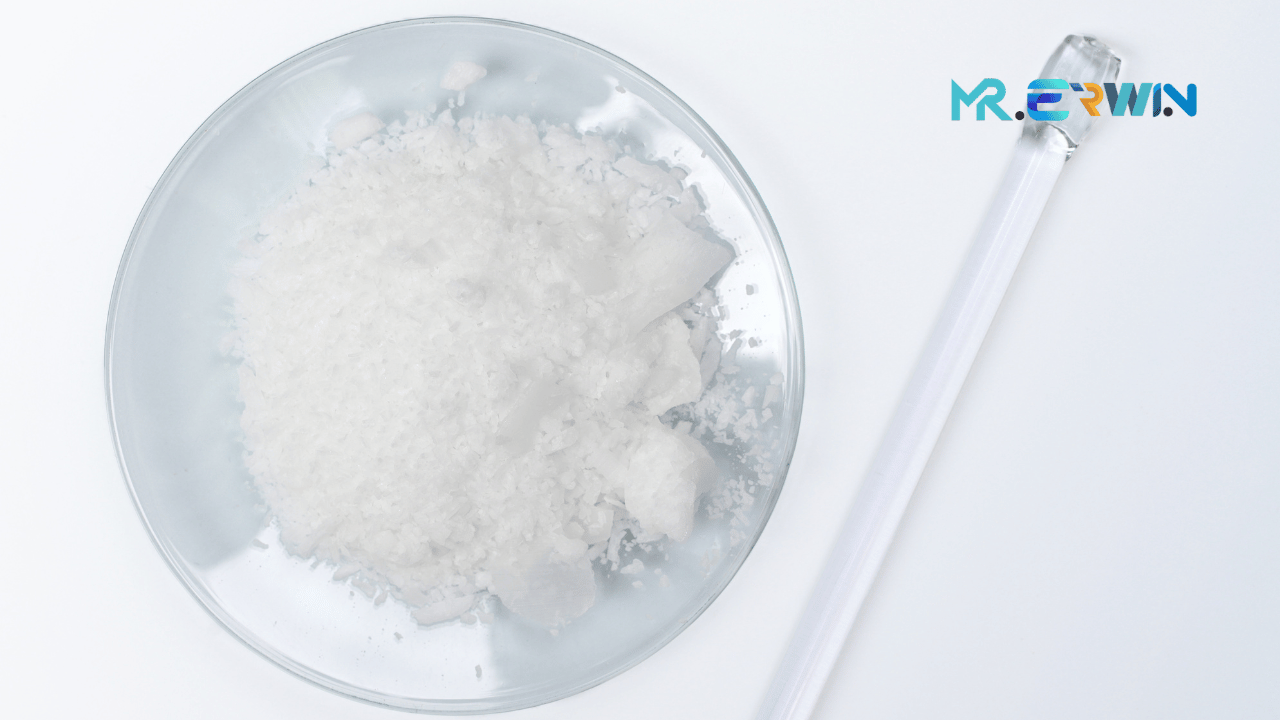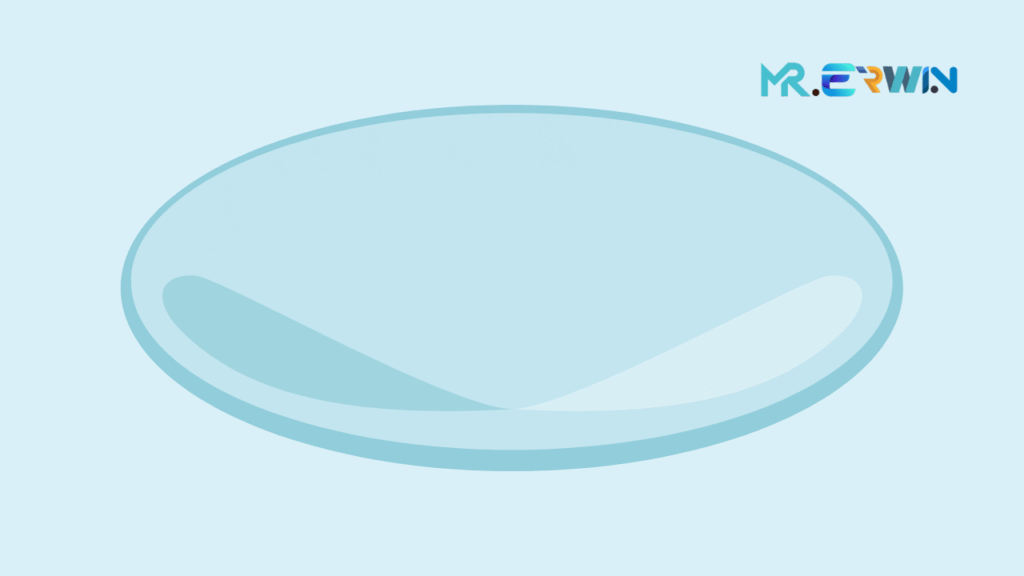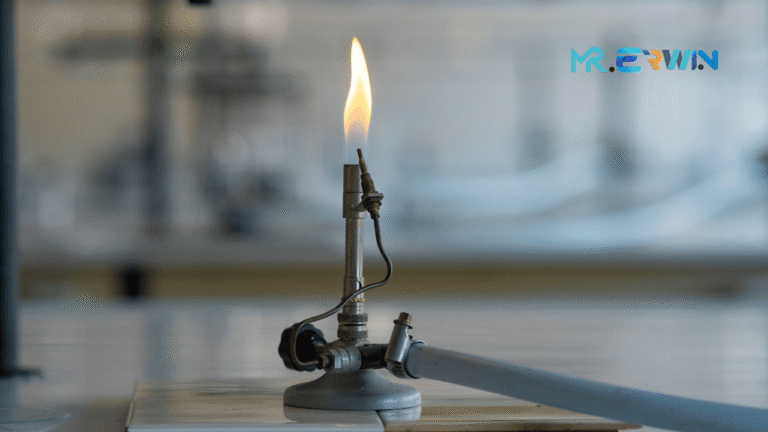
Understanding Watch Glass: Function, Types, Sizes, Uses, and Price
If you’ve ever worked in a science lab, you’ve likely used a watch glass without realizing just how versatile it is. This small, curved glass disc might seem simple, but it plays a vital role in countless experiments. In this guide, you’ll discover what a watch glass is, its functions, types, sizes, uses, and current market prices.
What is a Watch Glass?

A watch glass is a circular, slightly concave piece of glass (or sometimes plastic) used in laboratories. It resembles the cover of an old-fashioned pocket watch—hence the name. Its concave shape allows it to hold substances without spilling, making it ideal for various scientific applications.
Primary Functions of a Watch Glass
Watch glasses are multipurpose tools with several key functions:
- Evaporating liquids safely
- Holding solids or liquids for observation
- Covering beakers to prevent contamination
- Weighing chemicals using digital balances
- Drying small samples
They are widely used in chemistry, biology, and educational settings.
Types of Watch Glass
There are three main types of watch glass, each with unique benefits:
- Borosilicate Glass Watch Glass
- High heat resistance
- Suitable for high-temperature lab work
- Soda-Lime Glass Watch Glass
- More affordable
- Great for general-purpose experiments
- Plastic Watch Glass
- Lightweight and durable
- Perfect for schools and light-duty use
Available Watch Glass Sizes
Watch glasses come in various diameters, such as:
- 50 mm
- 75 mm
- 100 mm
- 120 mm
- 150 mm
Smaller sizes are ideal for weighing and viewing samples. Larger sizes work well as covers or for evaporating larger volumes of liquid.
Common Uses of Watch Glass in Labs
Watch glasses are used across many scientific disciplines. Here are the most common uses:
- Evaporation: Allows safe and even evaporation of solvents.
- Sample Viewing: Ideal for observing reactions or displaying specimens.
- Beaker Covers: Reduces splashing and contamination.
- Weighing Chemicals: Used as a clean, reusable surface on scales.
Watch Glass Price Guide
Prices depend on size, material, and quality. Here’s a quick guide:
| Size | Material | Price Range (USD) |
|---|---|---|
| 50 mm | Soda-lime glass | $0.50 – $1.00 |
| 75 mm | Borosilicate glass | $1.00 – $2.00 |
| 100 mm | Borosilicate glass | $2.00 – $3.50 |
| 150 mm | Plastic | $0.80 – $1.50 |
Tip: Buying in bulk can save you 10–30% from lab suppliers or online marketplaces.
Final Thoughts
The watch glass may be small, but it plays a big role in laboratory efficiency and safety. Whether you’re evaporating a solvent or protecting your solution from contamination, a quality watch glass is essential.
Before buying, consider the type, size, and specific use case for your lab. Investing in durable borosilicate glass watch glasses ensures longevity and versatility in your experiments.
Frequently Asked Questions (FAQ) About Watch Glass
What is a watch glass used for in chemistry?
A watch glass is commonly used in chemistry labs to evaporate solvents, hold small samples, weigh chemicals, and cover beakers to prevent contamination or splashing.
Can a watch glass be heated?
Yes, borosilicate glass watch glasses are heat-resistant and can be safely heated. However, avoid heating plastic or soda-lime glass versions, as they can melt or shatter.
What sizes do watch glasses come in?
Watch glasses typically range from 50 mm to 150 mm in diameter. Choose the size based on the volume of your sample and how you intend to use it.
What is the difference between borosilicate and soda-lime watch glass?
Borosilicate glass can withstand high temperatures and is chemically resistant—ideal for professional labs. Soda-lime glass is more affordable but less heat-resistant, making it better suited for general or educational use.
Is a watch glass reusable?
Yes, watch glasses made of glass are reusable after proper cleaning. Avoid using scratched or chipped ones, especially in precise experiments.
Can I use a watch glass as a weighing dish?
Yes, many labs use watch glasses for weighing small quantities of chemicals. Their smooth surface and low weight make them ideal for use with digital balances.
Where can I buy a watch glass?
You can purchase watch glasses from scientific suppliers like Fisher Scientific, Sigma-Aldrich, LabX, or online platforms like Amazon and AliExpress. Buying in sets is often more cost-effective.









